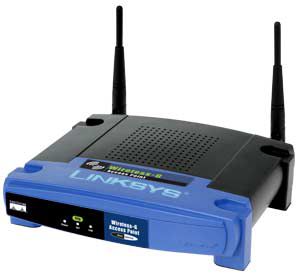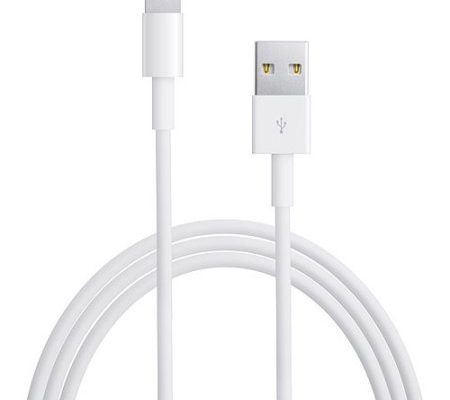Wireless Access Point vs. Wireless Application Protocol

Wireless technology has revolutionized the way we access the internet and interact with the world around us. Two common terms that are often used in the wireless world are Wireless Access Point (WAP) and Wireless Application Protocol (WAP).
Wireless Access Point (WAP)
A wireless access point is a device that allows wireless devices to connect to a wired network. It acts as a bridge between the wired Ethernet network and wireless devices. WAPs are commonly used in home and office networks to provide wireless connectivity to an existing wired Ethernet network.
One of the biggest advantages of a WAP is that it allows multiple devices to connect to the network without the need for cables. This makes it easy to move around the house or office while staying connected to the internet. Most modern WAPs also support the latest wireless standards, such as Wi-Fi 6, which provide faster speeds and improved connectivity.
Wireless Application Protocol (WAP)
On the other hand, Wireless Application Protocol (WAP) is a technology that allows mobile devices to access the internet over a wireless network. This technology is primarily designed for devices with small screens, such as mobile phones and PDAs.
WAP was developed to provide a standardized way for mobile devices to access the internet, as the devices at that time did not have the processing power and memory to run full-featured web browsers. WAP uses a simplified version of HTML, called Wireless Markup Language (WML), to provide a user interface that is optimized for small screens.
Today, WAP is largely obsolete, as modern mobile devices are capable of running full-featured web browsers that can display HTML web pages.
Conclusion
In conclusion, while Wireless Access Point (WAP) and Wireless Application Protocol (WAP) may sound similar, they serve very different purposes. A WAP is used to provide wireless connectivity to an existing wired Ethernet network, while WAP was designed to allow mobile devices to access the internet over a wireless network. While WAP is largely obsolete, WAPs continue to play an important role in home and office networks.






